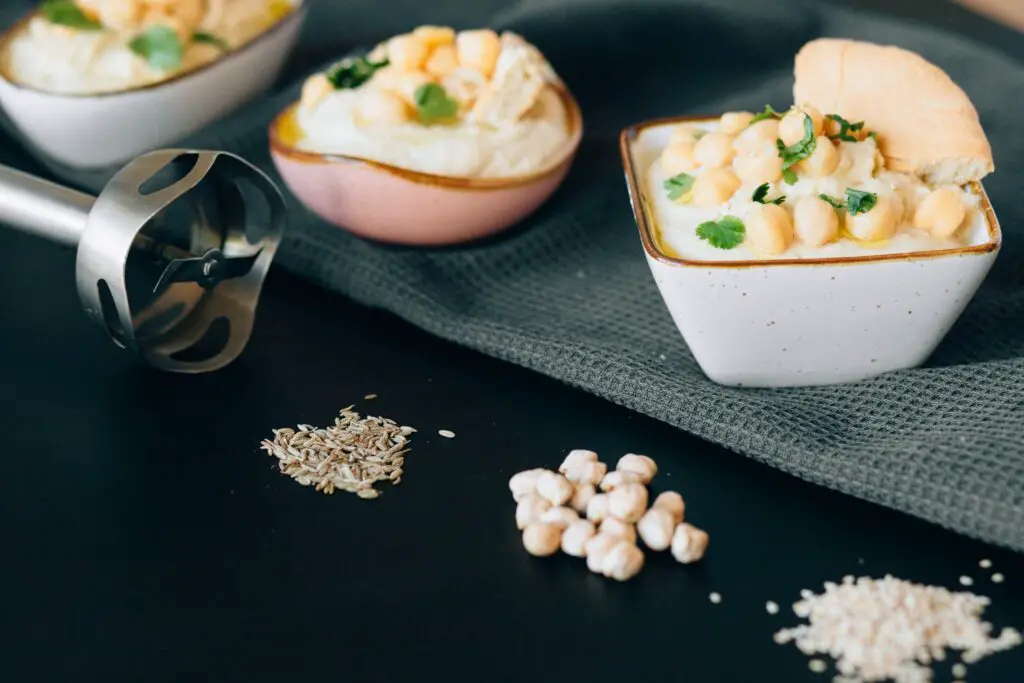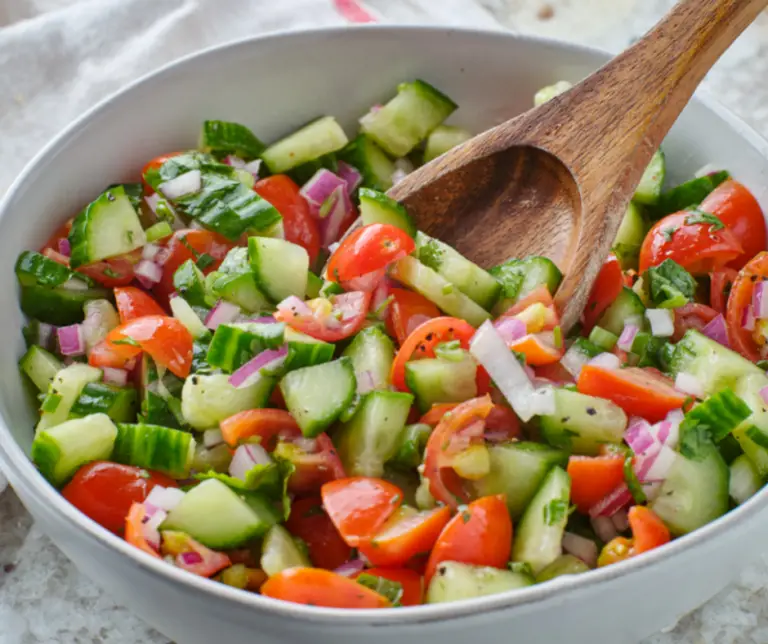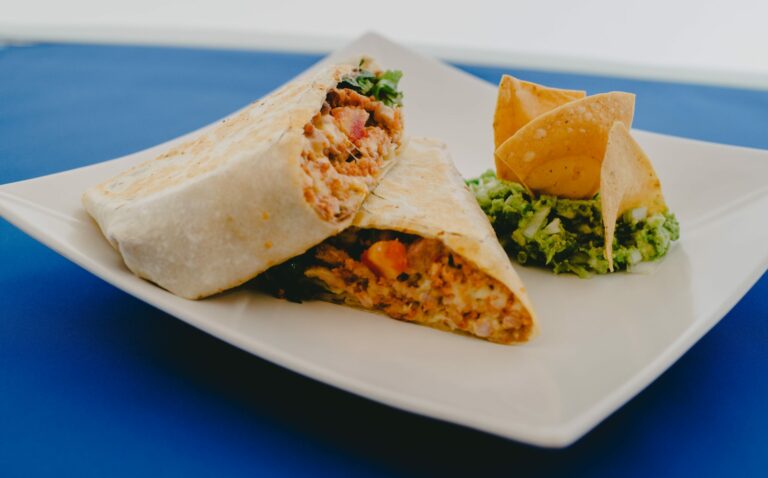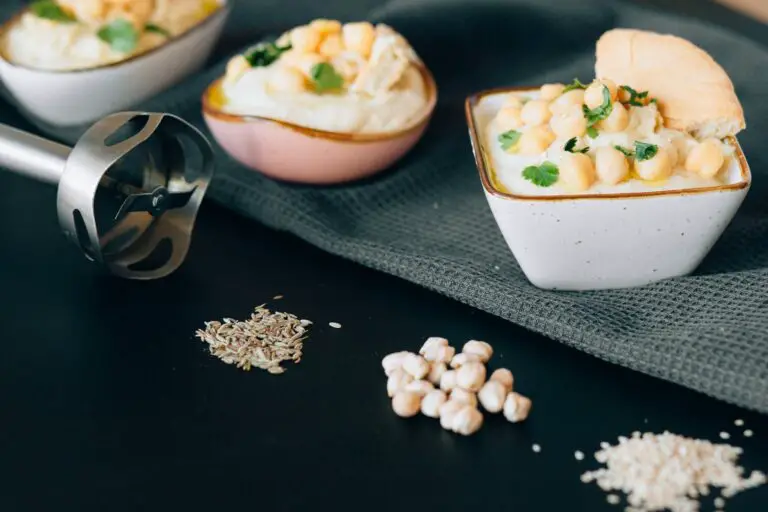Anti-inflammatory Bone Broth Recipe
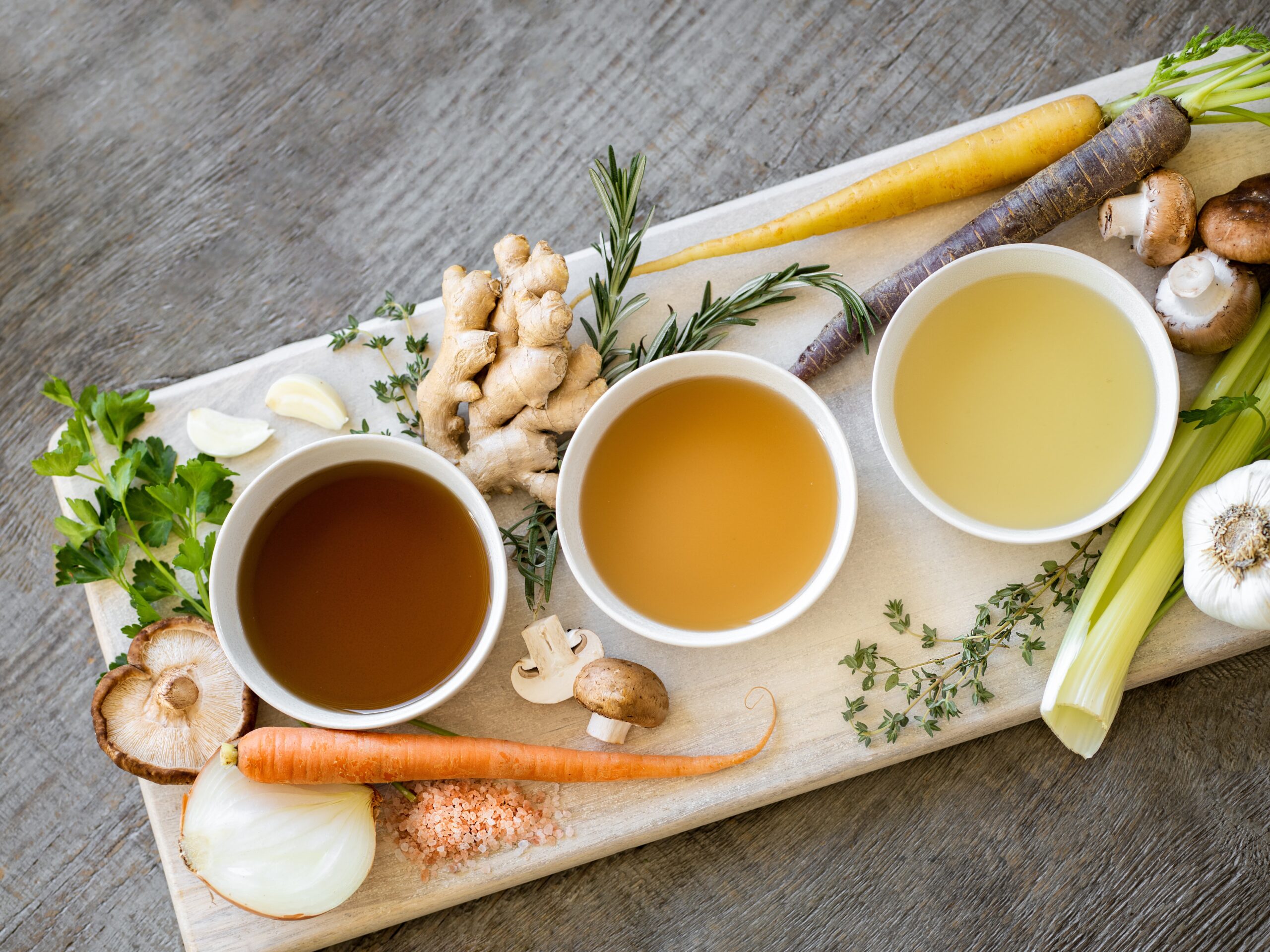
Here’s a comprehensive look at bone broth including an Anti-inflammatory Bone Broth recipe , an introduction to bone broth, its benefits, and preparation instructions.
What is Bone Broth
Bone broth is a traditional food that your grandmother likely knows all about. It is made by simmering bones and connective tissues of various animals in water for a long period. This simmering allows the bones and ligaments to release healing compounds like collagen, proline, glycine, and glutamine that have the power to transform your health.
Bone broth has a rich history of being used in traditional cooking around the world. It’s not just cost-effective and sustainable, but also a nutritious source of minerals, amino acids, and collagen. This rich, savory broth can be used as a base for soups, and stews, or consumed on its own.
Five Benefits of Bone Broth:
Supports Joint Mobility: The collagen in bone broth can strengthen and improve the health of your joints, tendons, and ligaments, helping to alleviate joint pain.
How To Make Bone Broth For Joint Pain
Supports Immune System Function: Amino acids in bone broth, like arginine, glutamine, and cysteine, have been shown to boost immunity in humans.
Enhances Skin Health: The collagen in bone broth can improve your skin’s firmness, smoothness, and elasticity.
Supports Detoxification: Bone broth is considered a powerful detoxification agent since it helps the digestive system expel waste and promotes the liver’s ability to remove toxins.
Anti-Inflammatory Bone Broth Recipe:

Serving: 8 servings
Prep Time: 10 minutes
Cook Time: 12-24 hours
Ingredients
- 2 pounds of bones from a healthy source (grass-fed beef, bison, or organic chicken)
- 2 chicken feet for extra gelatin (optional)
- 1 onion
- 2 carrots
- 2 stalks of celery
- 2 tablespoons Apple Cider Vinegar
- 1 tablespoon turmeric
- 1 tablespoon fresh or dried ginger
- Optional: 2 cloves of garlic for the last 30 minutes of cook time
- Salt and pepper to taste
- Water
Preparation:
Chop your vegetables and add them to your pot.
Add the apple cider vinegar, turmeric, and ginger to the pot.
Fill the pot with water until the bones are fully covered.
Let the mixture sit for 30 minutes, allowing the apple cider vinegar to help pull the nutrients from the bones.
If you are using
A slow cooker, set it to low an let it simmer for 12-24 hours.
A Stockpot, bring to a low simmer, cover, and let cook for at least 12 hours and up to 24 hours. The longer you simmer, the richer the broth will be.
During the last 30 minutes of cooking, add the garlic if you’re using it.
Strain the broth through a fine-mesh sieve, discarding the solids.Season with salt and pepper to taste.
Let cool and store in a glass jar in the fridge for up to 5 days, or freeze for later use.

Anti-infammatory Bone Broth
Bone broth is a traditional food that your grandmother likely knows all about. It is made by simmering bones and connective tissues of various animals in water for a long period. This simmering allows the bones and ligaments to release healing compounds like collagen, proline, glycine, and glutamine that have the power to transform your health.
Ingredientes
- 2 pounds Bones from a healthy source (grass-fed beef, bison, or organic chicken)
- 2 chicken feet for extra gelatin (optional)
- 1 onion
- 2 carrots
- 2 stalks of celery
- 2 tbsp Apple Cider Vinegar
- 1 tbsp turmeric
- 1 tbsp fresh or dried ginger
- 2 2 cloves of garlic for the last 30 minutes of cook time
- salt and pepper taste
- water
Elaboración paso a paso
-
Chop your vegetables and add them to your pot.
Add the apple cider vinegar, turmeric, and ginger to the pot.
Fill the pot with water until the bones are fully covered.
Let the mixture sit for 30 minutes, allowing the apple cider vinegar to help pull the nutrients from the bones.
If you are using
A slow cooker, set it to low an let it simmer for 12-24 hours.
A Stockpot, bring to a low simmer, cover, and let cook for at least 12 hours and up to 24 hours. The longer you simmer, the richer the broth will be.
During the last 30 minutes of cooking, add the garlic if you're using it.
Strain the broth through a fine-mesh sieve, discarding the solids.Season with salt and pepper to taste.
Let cool and store in a glass jar in the fridge for up to 5 days, or freeze for later use.
When to consume Bone Broth for specific health issues and general well-being:
Gut Health: If you’re consuming bone broth for gut health, it’s good to have a cup before meals. This can help prepare the gut for digestion, aid in nutrient absorption and repair the gut lining. It’s especially beneficial for those with leaky gut syndrome, inflammatory bowel disease, or other gastrointestinal disorders.
Sleep: Bone broth contains glycine, an amino acid that promotes sleep. Glycine also reduces the symptoms of insomnia and improves sleep quality. Therefore, drinking a cup of bone broth before bedtime can help in promoting a more restful night’s sleep.
Joint Pain: For joint pain relief, you can consume bone broth at any time of the day. However, having it in the morning can provide long-lasting relief from the symptoms. If your joint pain is severe, you may want to consider drinking it twice daily, once in the morning and once in the evening.
Respiratory Health: When you are suffering from respiratory issues like the common cold or bronchitis, drinking hot bone broth can be comforting and beneficial. The warm liquid can soothe a sore throat and the amino acids can support immune function. It’s beneficial to sip on throughout the day.
Blood Sugar Control: Bone broth is a low-carb, high-protein food, making it a great option for blood sugar control. Consuming a cup of bone broth before meals can help regulate blood sugar levels by slowing the rate at which food is digested, leading to slower and more balanced blood sugar levels.
Dosage: As a general guideline, aim for one to two cups of bone broth per day. If you’re using it for specific therapeutic purposes, you may want to increase this amount. Always listen to your body and consult a healthcare professional if needed. Bone broth can be a great addition to a healthy diet, providing essential nutrients and offering many health benefits. Just remember, like any food, it’s best enjoyed as part of a balanced diet.
Best Bones Bone Broth:
Grass-fed Beef Bones: Beef bones, particularly those that contain marrow, are a great choice for bone broth. They provide a rich flavor and yield a high amount of gelatin, which can enhance the nutritional profile of the broth. You can use a mix of marrow bones, knuckle bones, and even some meaty bones like oxtail, short ribs, or shank.
Organic Chicken Bones: Chicken bones are another excellent choice. You can use a whole chicken, chicken feet, necks, or backs. Chicken feet in particular are high in collagen, which leads to a gelatin-rich broth.
Fish Bones: If you have access to high-quality fresh fish, you can also use fish heads, spines, and other bones. They are usually rich in iodine, making your broth more nutritious. Be sure to use non-oily fish, as oily fish can lend an off taste to the broth.
Pork Bones: Pork bones, like neck bones, ribs, and feet, are good for broth. They yield a gelatin-rich broth with a slightly sweet flavor.
Wild Game Bones: If you have access to deer, elk, or other wild game, these bones can also be used to make a robust, flavorful broth.
Bones from Bone-In Roasts: After cooking a bone-in roast, whether it’s lamb, beef, or pork, you can use the leftover bone to make broth.
Veal Bones: Veal’s bones are prized for their ability to produce a broth with a lot of body and a light, sweet flavor.
Remember to roast your bones in the oven before making the broth. This step caramelizes the sugars in the bones and adds a depth of flavor to your final broth.
Equipment Needed:
Large Stockpot or Slow Cooker: Depending on how much bone broth you’re planning to make, you will need a large enough pot. Some people prefer using a slow cooker for convenience.

Roasting Pan: For roasting your bones before boiling them, this adds depth of flavor.

Strainer or Cheesecloth: After cooking, you’ll need a way to strain out the bones and solid pieces from the broth.

Large Slotted Spoon or Tongs: To remove large bones and pieces.

Large Bowls: For catching the strained broth.

Mason Jars or Other Storage Containers: For storing the finished broth. Make sure they’re safe for the freezer if you plan on freezing some of the broth.
Kitchen Utensils: Including a good sharp knife and a chopping board to cut up your vegetables and any meat.
Vinegar: While not a piece of equipment, it’s crucial to include vinegar (like apple cider vinegar) in your recipe, as the acid helps leach minerals from the bones.
Remember, the key to a good bone broth is time – you’ll want to simmer those bones for a good 12-48 hours to extract all the beneficial nutrients. Happy cooking!
Anti-Inflammatory Diet

Me encanta cocinar y escribir, tengo un Certificado de Nutrición de Inicio y un diploma de Nutrición Completa acreditado por CTAA y una Certificación de Entrenador de Salud de Nutrición Keto. Creo firmemente que comer sano es la clave para vivir una mejor calidad de vida. He tomado un curso de Terapia Nutricional que me ha dado las bases para comer saludablemente.

